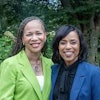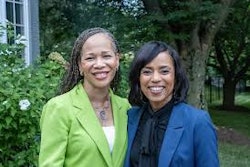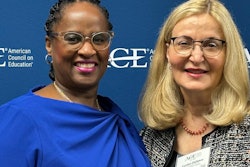The COVID-19 pandemic is still shaking up higher education as budgets remain tightened and programs continue online. But in the midst of all this, women’s studies scholars across the country are finding ways to celebrate Women’s History Month and emphasize the importance of their research to today’s most critical national conversations.
Women’s studies scholars worry programs like theirs will take a hit as the pandemic leads to adjunct faculty and staff layoffs, pay cuts, furloughs and slashed programs across higher education.
A data brief from The National Association of Women’s Studies details the many changes that have already confronted women and gender studies programs across the country. For example, the Women & Gender Center at Oregon State University is reducing programming as it anticipates a 10-15% budget cut in response to declining student enrollment. Purdue University merged women’s, gender, and sexuality studies into a division with seven programs under one director.
But concerns about the longevity of women’s studies programs aren’t new, says Dr. Juanita Johnson-Bailey, director of the Institute for Women’s Studies at the University of Georgia. She’s confident these programs will continue to prove their value to campus communities.
The Institute for Women’s Studies has been around for 44 years and financial support for the institute seems relatively secure; however, when it comes to women’s studies in general, “we’ve always had to sing for our supper,” says Johnson-Bailey. “So many people question the legitimacy of programs like ours, and this is something that has been ongoing, that we always have to justify our existence.”
“Although we have been faced with budget cuts, we’ve always been able to stand our ground and defend our existence because of how much we have done and how much we contribute to the university community,” she added.
Dr. Allison Pugh, a sociology professor and chair of the women, gender and sexuality department at the University of Virginia, says women’s studies programs are giving campus communities the tools they need to understand what’s going on “outside my window right now.”















